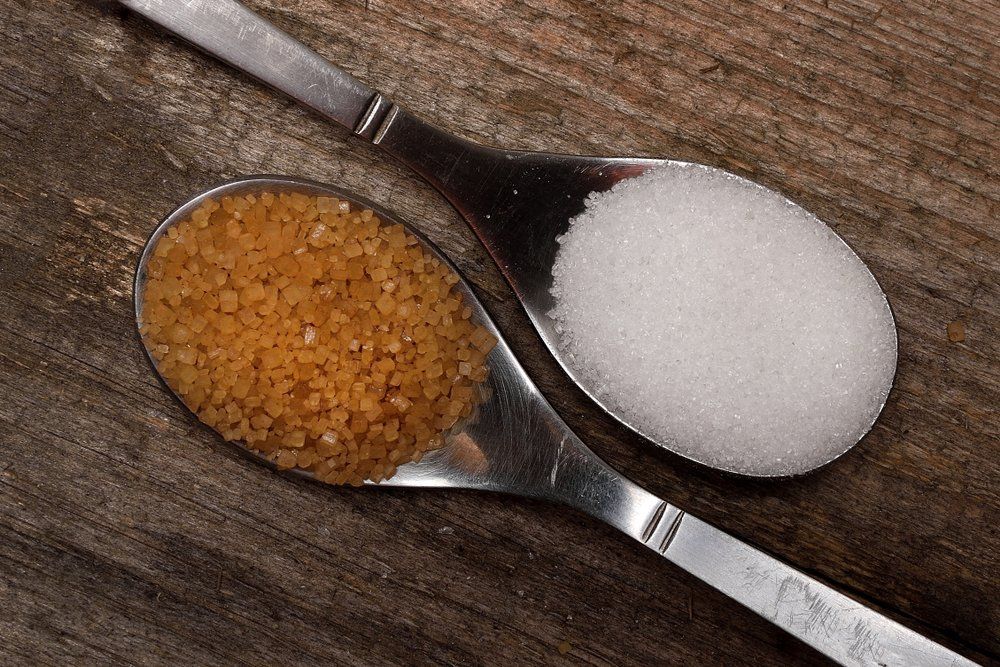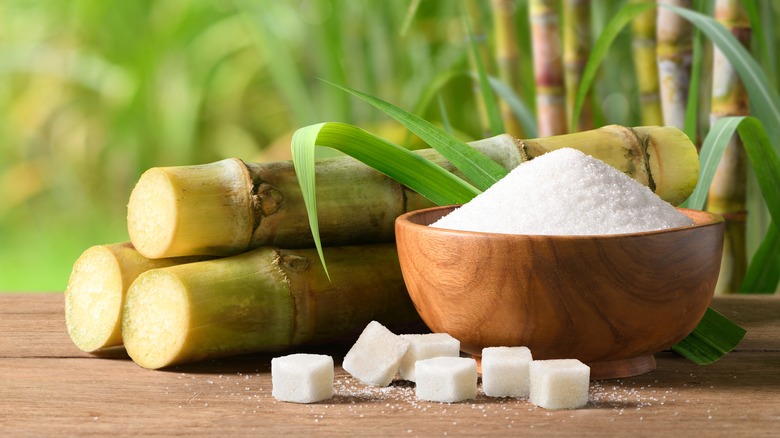The choice between beet sugar vs cane sugar can influence the final taste of certain recipes.
The choice between beet sugar vs cane sugar can influence the final taste of certain recipes.
Blog Article
Discovering the Differences in Uses and Benefits In Between Beet Sugar Vs Cane Sugar
In the culinary world, the selection between beet sugar and cane sugar is not just about sweetness however includes a nuanced consideration of taste, application, and influence. While both sugars stem from different plants, each undergoes one-of-a-kind production procedures that discreetly influence their qualities and viability for numerous meals.
Beginnings and Manufacturing Processes of Beet and Cane Sugar

Walking cane sugar, on the various other hand, comes from the sugarcane plant, a tropical lawn indigenous to Southeast Asia yet currently grown in exotic areas worldwide - beet sugar vs cane sugar. The manufacturing of cane sugar begins with the harvesting of cane stalks, which are squashed to release the juice.

Nutritional Content and Health Considerations

When contrasting the dietary content of beet sugar and cane sugar, it ends up being obvious that both kinds basically give the exact same calorie values, with about 16 calories per tsp and no significant nutrient diversity. Each is composed practically entirely of sucrose, which is a basic carbohydrate that supplies fast power but does not have vitamins, minerals, or fiber. This resemblance reaches their effect on health, particularly worrying blood sugar level degrees. Both sugars, when eaten in excess, can add to elevated blood sugar levels, a danger aspect for diabetes and other metabolic disorders. Additionally, extreme intake can lead to weight gain and oral issues, as both sugars are similarly cariogenic, advertising tooth decay. From a health and wellness point of view, regulating intake of any kind of sort of sugar, whether from beet or cane, is suggested to avoid these prospective adverse impacts on well-being. Hence, neither holds a hop over to here distinct benefit over the various other in regards to health benefits.
Flavor Accounts and Culinary Applications
Regardless of their comparable chemical structures, beet sugar and cane sugar vary discreetly in flavor, which can influence their use in numerous culinary contexts. Walking stick sugar often lugs a tip of molasses, also in its polished type, lending a warm, caramel-like touch that enhances baked items, coffee, and chocolate-based dishes. This small molasses taste is specifically valued in the baking sector for including deepness to desserts and breads. On the other hand, beet sugar is defined by its extremely refined, neutral taste, making navigate to these guys it a functional sugar that does not change the taste accounts of recipes. This nonpartisanship is particularly advantageous in delicate dishes, such as light pastries, creams, and some sauces, where the integral tastes of various other active ingredients are intended to stick out. Subsequently, chefs and food manufacturers could choose one type of sugar over the various other based on the wanted flavor result of their cooking productions.
Ecological Influence and Sustainability
While both beet and cane sugars are derived from plants, their environmental influences differ substantially due to the distinctive techniques of cultivation and processing required for each. Sugar beet farming frequently entails comprehensive automation, which can raise fossil fuel usage and carbon discharges.
Moreover, the processing of sugarcane often generates a considerable amount of waste, including bagasse, which, although functional as biofuel, frequently contributes to air contamination if melted inefficiently. Sugar beet processing utilizes even more of the raw products, leading to less waste. Both industries face obstacles in minimizing their ecological impacts, but recurring technologies in agricultural techniques and waste management are aiming to enhance sustainability.
Economic Elements Affecting the Sugar Market
The financial dynamics of the sugar sector are substantially affected by global market needs and profession policies. Aspects such as tolls, subsidies, and global profession contracts play important roles fit the competitive landscape. In regions where sugarcane or sugar beet manufacturing is subsidized, producers may have an economic advantage that allows them to use lower costs on the worldwide market. This can develop disparities in profitability and market accessibility for producers in nations without such subsidies.
Furthermore, fluctuations in global demand for sugar, affected by nutritional trends and industrial usage in foodstuff, directly influence costs and production degrees. beet sugar vs cane sugar. Climate condition also play an essential duty, as they can dramatically impact plant yields and, as a result, the supply chain. This variability introduces a level of economic uncertainty that can bring about financial investment volatility in sugar manufacturing industries, influencing choices from planting to market method
Final Thought
To conclude, both beet and cane sugar have one-of-a-kind qualities that suit different cooking needs. While cane sugar conveys a rich flavor suitable for improving baked products, beet sugar's nonpartisanship is excellent for lighter dishes. additional hints Nutritional similarities regardless of, their distinct production processes and ecological impacts add intricacy to the selection in between them. Therefore, recognizing these differences helps cooks and customers make notified choices that align with their health and wellness, culinary, and honest choices.
Report this page